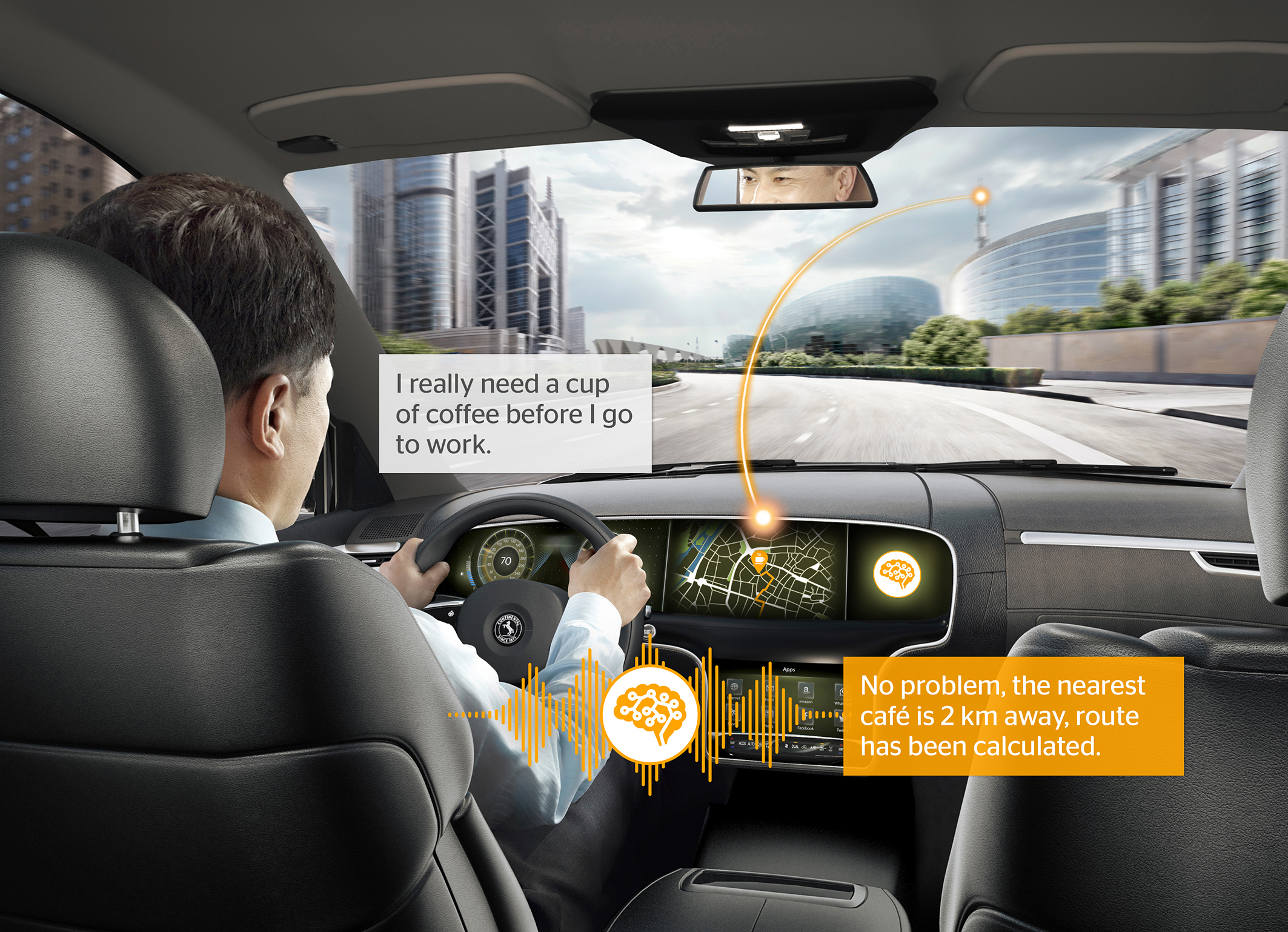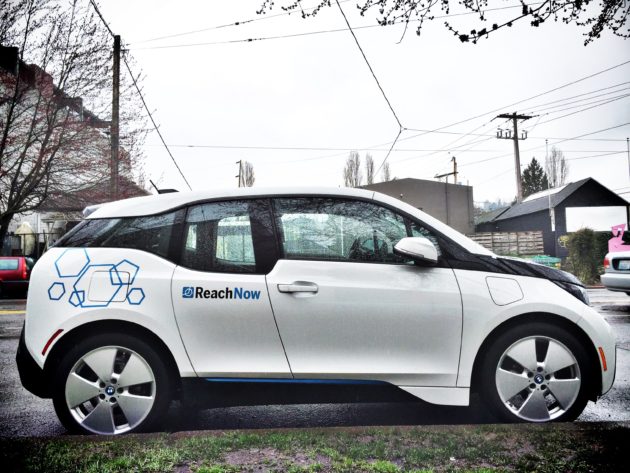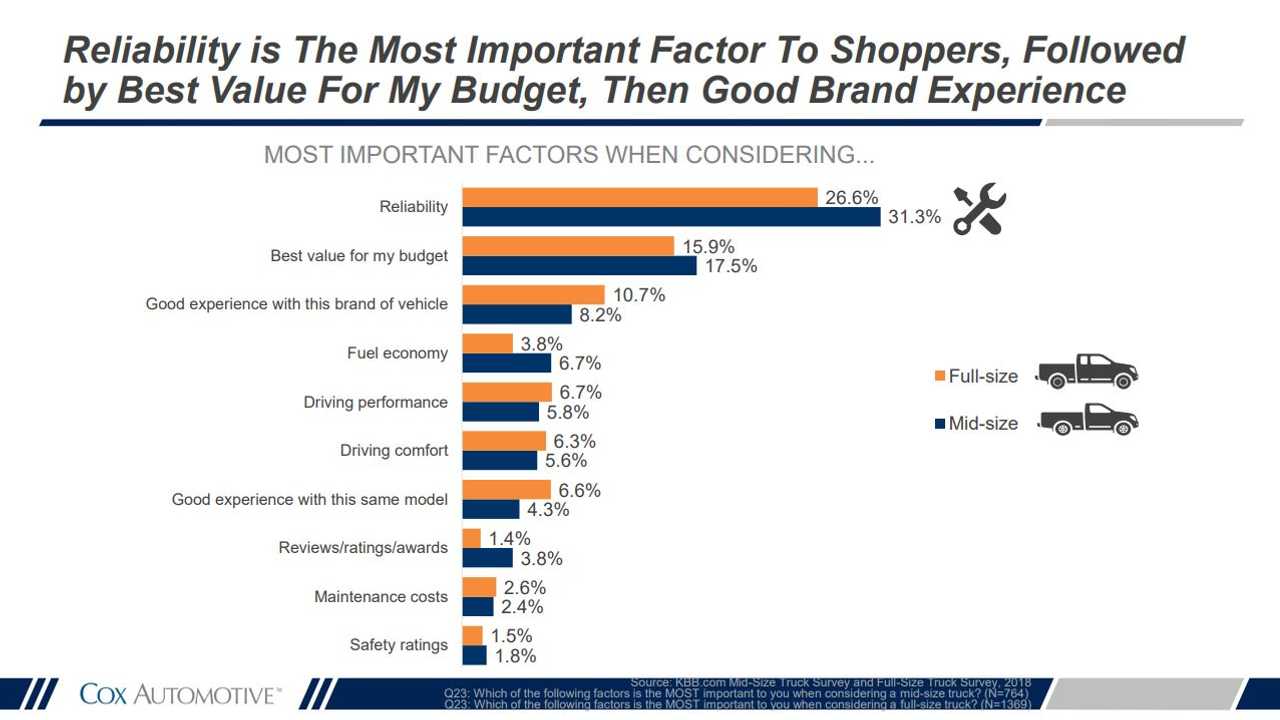TUSTIN, Calif. (Reuters) – General Motors Co was set on Thursday to unveil its newly designed mid-engine 2020 Corvette in a splashy tribute to its emblematic sports car, even as the No. 1 U.S. automaker faces mounting pressures in a sluggish and uncertain global sales environment. The GM logo is seen at the General Motors… Continue reading GM’s mid-engine Corvette gears up to take on Europeans
Tag: Electric vehicles
Multifaceted personality: predictive active suspension in the A8 flagship model
Audi is now offering another high-tech innovation for the Audi A8 luxury sedan – predictive active suspension. Depending on the chosen settings, it gives the brand’s flagship model the supreme ride comfort of a chauffeur-driven limousine or the firm handling of a sports car. In Germany and other European markets, predictive active suspension can initially… Continue reading Multifaceted personality: predictive active suspension in the A8 flagship model
Groupe Renault and Coscharis Group start partnership to produce and distribute Renault vehicles in Nigeria
The Coscharis Group plant will start assembling Renault Logan and Renault Duster and will distribute the cars through their sales network throughout the country starting October 2019. Groupe Renault is leader in Africa with 18% market share. Boulogne-Billancourt and Lagos – July 18, 2019 – Groupe Renault and Coscharis Group mark today the start… Continue reading Groupe Renault and Coscharis Group start partnership to produce and distribute Renault vehicles in Nigeria
Continental Develops Adaptive Voice-Activated Digital Companion for Use in Cars
Smart and adaptive driver assistance system enables natural dialog, understands multiple questions in one sentence and detects logical connections Distraction-free operation via smart voice control enhances road safety Hybrid solution with cloud connection, enabling driver and vehicle to understand each other – even in dead spots Wetzlar, July 18, 2019. Where not long ago it… Continue reading Continental Develops Adaptive Voice-Activated Digital Companion for Use in Cars
Circontrol provides chargers for four Latin American highways
Barcelona-based charging station manufacturer Circontrol has provided charging stations for three new highways and one planned highway in Latin America. The first was completed in Uruguay at the end of 2017. The 300 km road connects the coastal cities of Colonia and Punta Este. The highway features six Circontrol charging points, one every 60 km.… Continue reading Circontrol provides chargers for four Latin American highways
Didi Chuxing Welcomes Competitors to its Ride-Hailing Platform
Photo via Pixabay. Didi Chuxing has announced that it will allow three major Chinese car manufacturers on to its platform. Soon passengers will be able to order services provided by Guangzhou Automobile Group (GAC), First Automobile Works Group (FAW), and Dongfeng Motor (DFM) on Didi’s app. Quartz reported that this announcement comes amidst rising competition… Continue reading Didi Chuxing Welcomes Competitors to its Ride-Hailing Platform
Toyota locks in more than a supply of EV batteries in deal with China’s CATL
Toyota needs more than a secure and steady supply of batteries if it hopes to meet its ambitious global sales goal for electric vehicles. If it hopes to compete, the Japanese automaker will need better quality lithium-ion batteries that don’t squeeze profit margins. The automaker is turning to Chinese EV battery supplier CATL for the… Continue reading Toyota locks in more than a supply of EV batteries in deal with China’s CATL
BMW ReachNow car-sharing service shuts down in Seattle and Portland following joint venture deal
BMW’s ReachNow will shut down today. (GeekWire Photo / Kurt Schlosser) Peace out, ReachNow. BMW’s car-sharing service abruptly ceased operation Wednesday, ending a mobility program that included 1,000 free-floating vehicles used by more than 100,000 members across Seattle and Portland. A spokesperson confirmed that ReachNow offices in those two cities will close in the next… Continue reading BMW ReachNow car-sharing service shuts down in Seattle and Portland following joint venture deal
Tesla Pickup Truck Reliability Might Be A Major Concern
Truck owners need dependable, reliable and powerful. But can the Tesla electric truck deliver on all of these fronts? Is reliability really a huge concern? For Tesla, the focus has long been on range and performance. The reliability of some of its models (the Model X in particular) has been deemed subpar by the likes… Continue reading Tesla Pickup Truck Reliability Might Be A Major Concern
Imec Doubles Its Solid-State Battery Energy Density
They now reach 400 Wh/liter, enough for a 100 kWh EV battery pack. EV fans eagerly wait for solid-state batteries to become commercially viable. Not for any sort of technology interest – at least not alone – but rather out of the benefits they will offer to electric cars. Imec is one of the research… Continue reading Imec Doubles Its Solid-State Battery Energy Density



